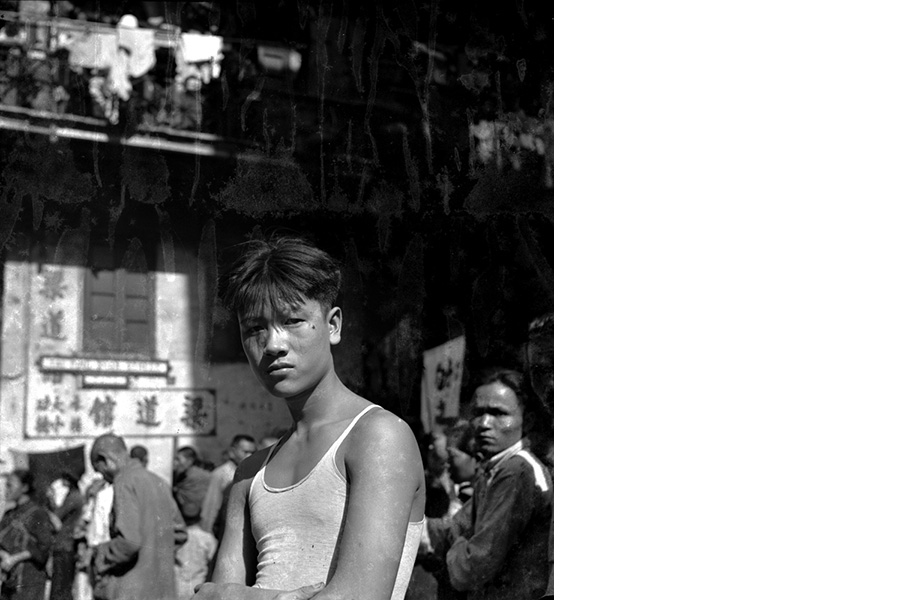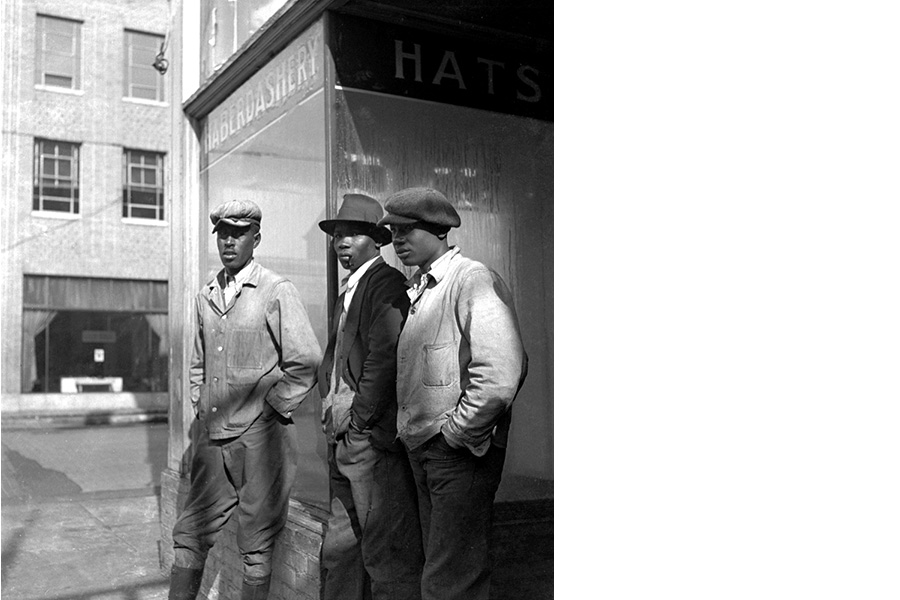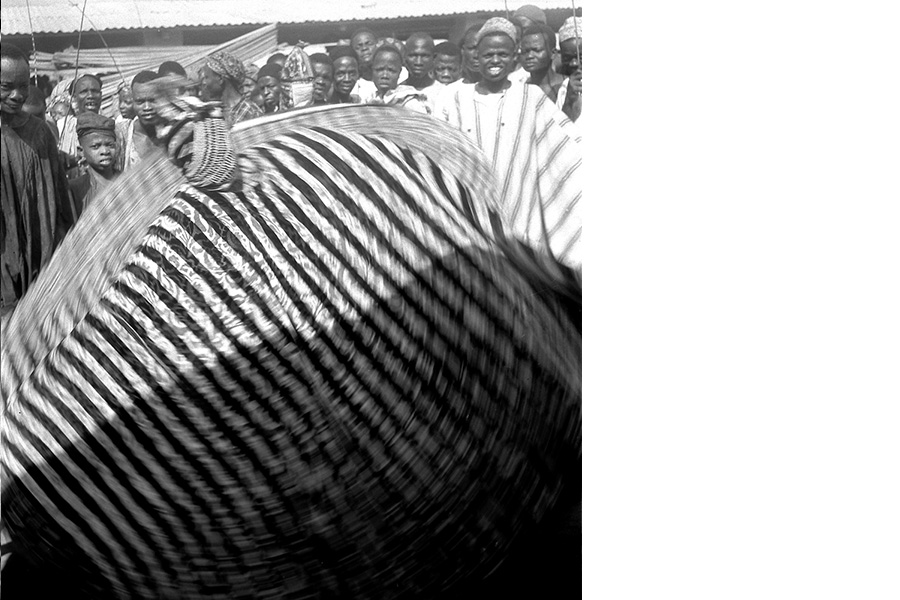galeria marcelo guarnieri | são paulo
abertura
28.fev.2015 / 10h – 17h
período de visitação
28.fev – 28.mar.2015
arquivo exposição .pdf
Antes de chegar ao Brasil, antes de se debruçar sobre a cultura afro-brasileira, antes de se tornar babalaô, Pierre Verger era, essencialmente, fotógrafo. Um fotógrafo já reconhecido desde antes da Segunda Guerra Mundial e com fotografias publicadas nas mais importantes revistas francesas e internacionais da época, como Life, Vu, Regards e Arts et Métier Graphiques.
Quando sua vida e sua obra caminharam em direção às questões afro-brasileiras, tornou-se um homem do candomblé, publicou intensamente sobre essa temática – notadamente sobre sua matriz religiosa -, fixou residência na Bahia e mergulhou tão profundamente nesse novo viver que foi aos poucos desaparecendo da memória de seus contemporâneos franceses e europeus, ao menos como fotógrafo.
Em 1993, a Revue Noire, das primeiras a destacar a arte africana no mercado ocidental, realizou a grande exposição Pierre Verger, Le Messager, com mostras na Suíça e na França, no Musée d’Art d’Afrique et d’Océanie. Amplamente divulgadas nos meios de comunicação franceses, esse grande evento cultural recolocou Verger no cenário da fotografia em seu país de origem.
No processo de construção dessa exposição e com o objetivo de selecionar imagens para a mostra e para o livro-catálogo, os diretores da Revue Noire vieram até a casa de Verger, na Bahia. Após um minucioso trabalho, desenvolvido em conjunto com o fotógrafo, levaram mais de 300 negativos para Paris, onde realizaram, pela primeira vez, cópias de excelente qualidade. A maioria dessas ampliações foram, então, utilizadas para fazer os fotolitos do livro Le Messager e/ou expostas.
Nessa época, os donos da Revue Noire, aproveitando a presença de Verger em Paris, conseguiram que ele assinasse uma certa quantidade dessas cópias, o que Verger aceitou fazer, embora normalmente não se submetesse a esse tipo de cerimonial. O que realmente importava para Verger – ao contrário de muitos fotógrafos – eram seus negativos, por representarem suas memórias. Na verdade, ele dava pouca importância às ampliações, que não costumava vender e que podia reproduzir quando se fizesse necessário.
Poucos anos depois, em fevereiro de 1996, Verger faleceu na Bahia, deixando esse conjunto único de imagens, que continuou em poder da Revue Noire, em Paris. Essas imagens foram comercializadas na França, até o final do ano de 2000, quando a Fundação adquiriu sua quase totalidade.
Nesse momento, através da Galeria de Marcelo Guarnieri, com sede em São Paulo, a Fundação coloca à venda, pela primeira vez no mercado brasileiro, essas cópias assinadas por Pierre Fatumbi Verger, em Paris.
(Fundação Pierre Verger)
fevereiro, 2015
Before arriving in Brazil, before delving into Afro-Brazilian culture, before becoming a Babalawo, Pierre Verger was, essentially, a photographer. An internationally recognized photographer since before World War II, his photographs were published in important magazines such as Life, Vu, Regards and Arts et Métier Graphiques.
When his life and work took a turn toward Afro-Brazilian questions, he became a man of Candomblé and published intensely on this theme and notably about its religious origins, took up residence in Bahia, and immersed himself so deeply in this new life that he began to gradually disappear from the memory of his fellow Frenchmen and Europeans, at least as a photographer.
In 1993, the Revue Noire, one of the first to spotlight African art in the Western market, held the large exhibition Pierre Verger, Le Messager, with shows in Switzerland and in France, at the Musée d’Art d’Afrique et d’Océanie. Widely reported in the French mass media, this large cultural event restored Verger in the photographic scene of his country of birth.
In order to select images for that exhibition and the book-catalog that accompanied it, the directors of Revue Noire went to Verger’s house in Bahia. After a detailed work carried out together with the photographer, they brought more than 300 negatives to Paris where they were printed for the first time, as excellent-quality enlargements. Most of these enlargements were then used to make the photolithographs for the book Le Messager and/or shown.
At that time, the owners of Revue Noire, taking advantage of Verger’s presence in Paris, asked him to sign a certain number of these copies, and Verger honored their request, even though he did not normally engage in this sort of ceremony. Unlike many photographers, for Verger the really important thing was his negatives, for representing his memories. He placed little importance on the enlargements, which he did not normally sell and could reproduce as necessary.
A few years later, in February 1996, Verger died in Bahia, leaving this unique set of images under the power of the Revue Noire, in Paris. These images were commercialized in France, up to the end of 2000, when the Pierre Verger Foundation acquired nearly the entire set.
These copies signed in Paris by Pierre Fatumbi Verger are now in Brazil, as the Foundation is offering them for sale for the first time on the Brazilian market, through Galeria Marcelo Guarnieri, headquartered in São Paulo.
(Pierre Verger Foundation)
february, 2015












